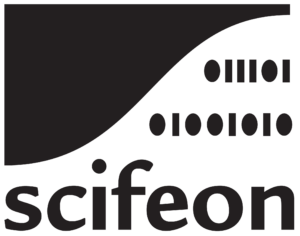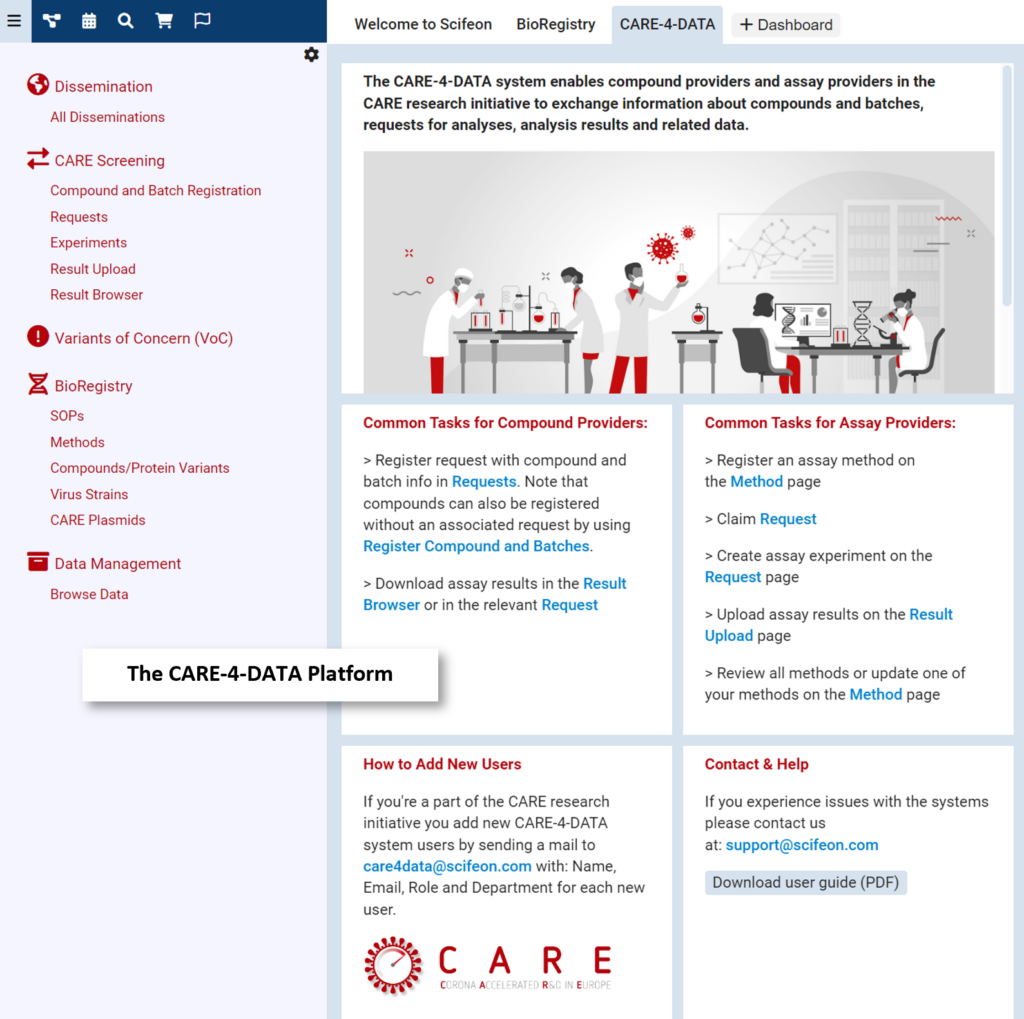Published in NAR: formation of the SARS-CoV-2 methylation complex
The CARE partner Jagiellonian University (JU) deciphered the interaction between three viral proteins that are necessary to viral replication. To be able to replicate, coronaviruses modified their single-stranded RNA genome by adding a methylated cap to mimic the host cell mRNAs and thus highjack the host enzymes that will then replicate the virus RNA.
Three viral non-structural proteins – nsp14, nsp10 and nsp16 – have previously been shown to be involved in the implementation of the methylation cap, with nsp14 and nsp16 performing the methylation while nsp10 acts as a co-factor to both. However, structural information available suggested that the interaction between the three proteins would be impossible considering their conformation. To solve this mystery, JU applied orthogonal methodologies, i.e., used different techniques to evaluate the interactions between the three proteins.
The results shows that nsp14, nsp16 and nsp10 are able to form a trimer complex, built around nsp10. This trimer brings together two consecutive activities required for RNA cap formation, the one led by nsp14 and the one led by nsp16, likely contributing to the RNA capping mechanism.
These findings contribute to the current understanding of the intricate interplay among nsp14, nsp10 and nsp16 during the replication process, particularly in the context of RNA cap methylation in the coronaviral genome. This research may have implications for the development of novel targeted therapeutic strategies for the control of coronaviral infections.
To learn more, click here: Despite the odds: formation of the SARS-CoV-2 methylation complex






